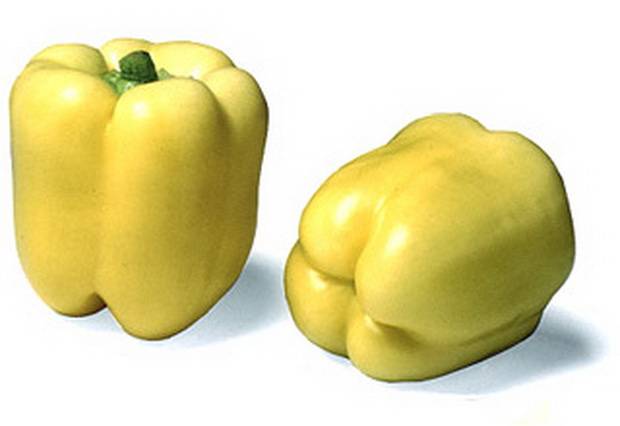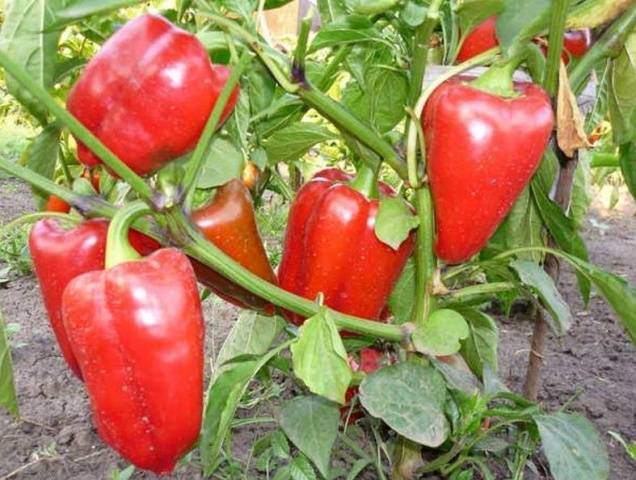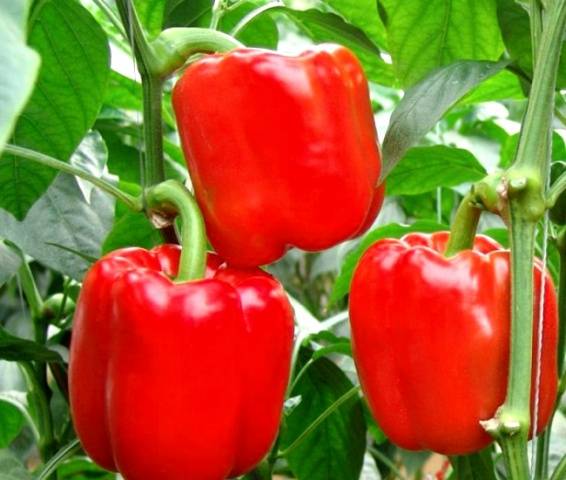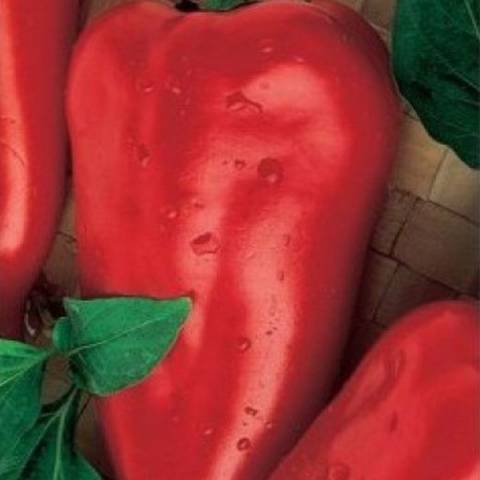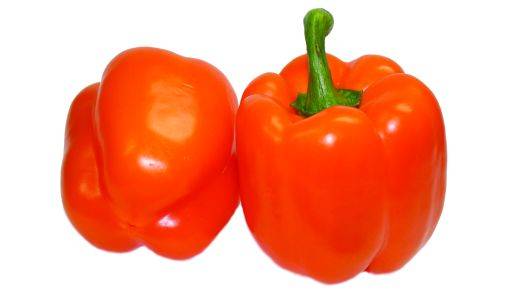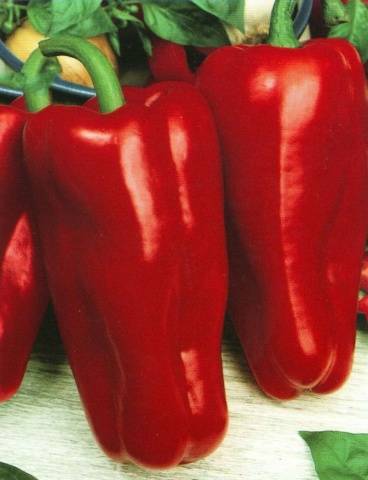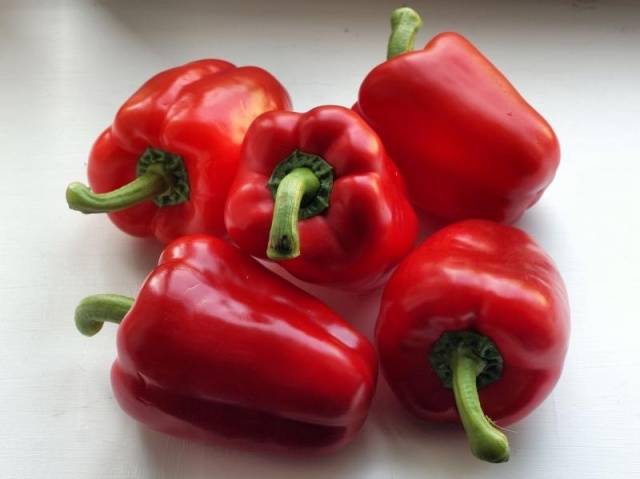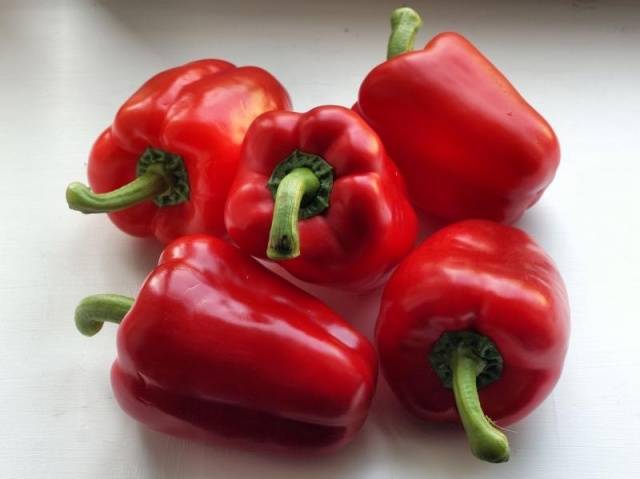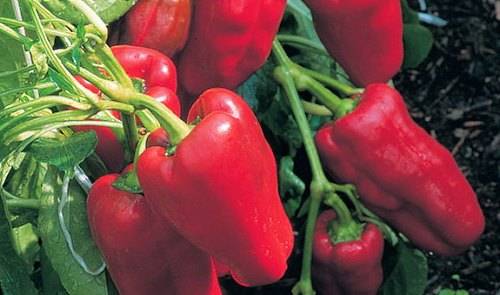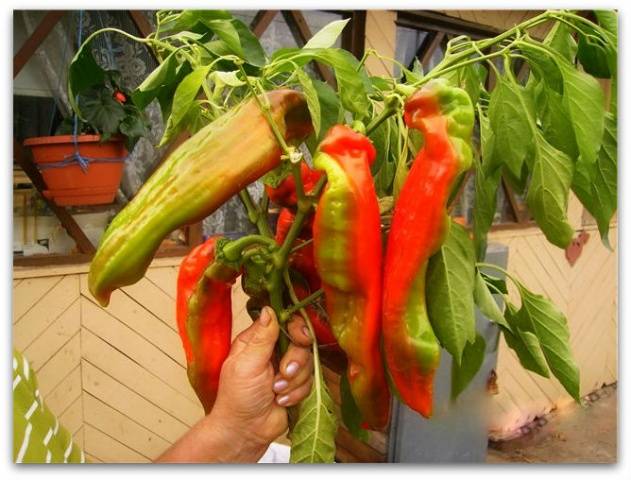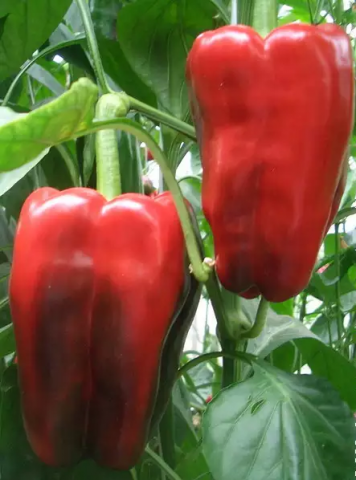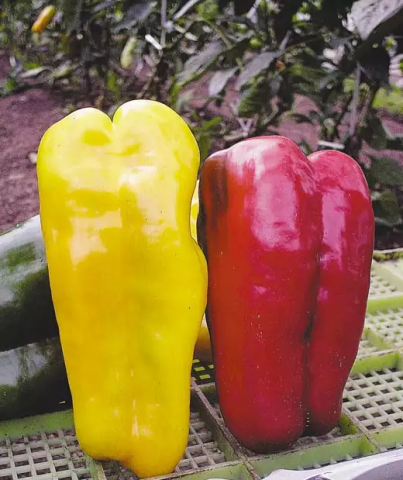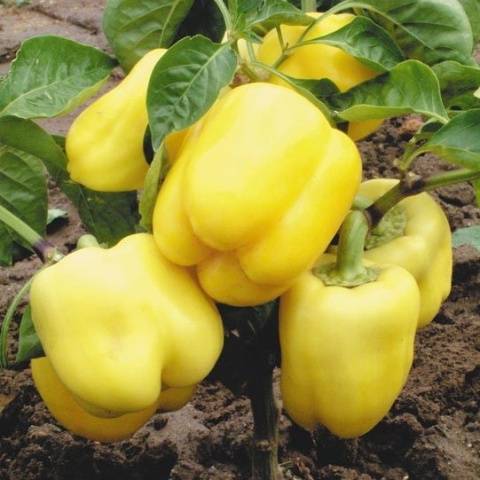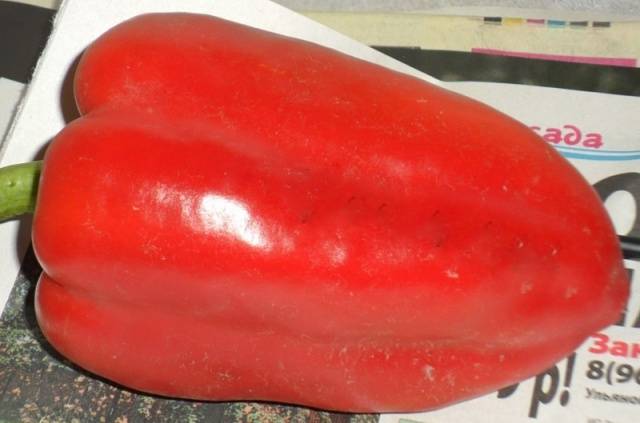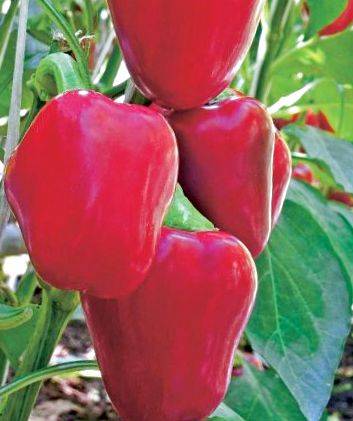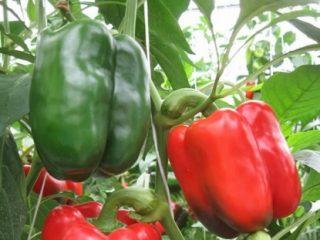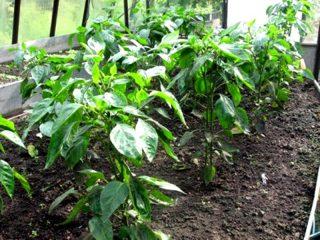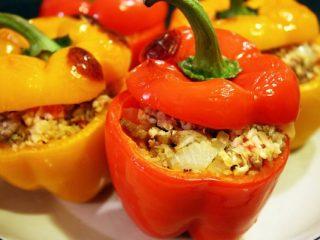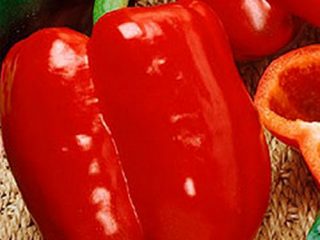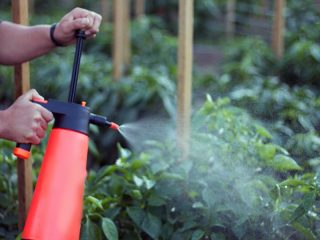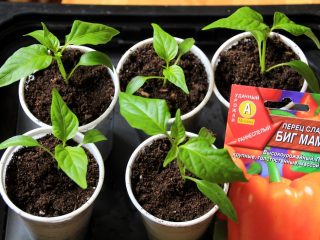Content
Pepper has always been distinguished by its capricious character. Successful cultivation of this crop requires conditions that are difficult to create in open ground. Without special care, pepper can only grow in the southern regions. But what should the rest of us do? The optimal solution in this situation is to grow pepper in the greenhouse. This will protect the crop from sudden changes in temperature and precipitation, which pepper does not like. In this case, preference should be given to early and mid-early varieties of this crop.
Now the most common material for greenhouses is polycarbonate. Its advantages are obvious:
- it doesn't beat;
- does not interfere with the penetration of light;
- weather resistant;
- durable.
There is such a variety of different seeds in stores that it becomes difficult to choose peppers for a polycarbonate greenhouse. Its best varieties will be discussed below.
Leaders of sells
These varieties are the most in demand every year. It is not in vain that many gardeners choose these varieties. They have excellent taste and yield. In addition, they are able to resist various diseases and pests well.
Alyonushka F1
Mid-season hybrid with fruits in the shape of a truncated pyramid. Its compact bushes begin to bear fruit on the 120th day. The light yellow color of peppers begins to change to orange-red closer to ripening. The weight of each of them will be no more than 100 grams. The juicy and aromatic flesh makes the peppers versatile for use in cooking.
The variety is distinguished not only by its high-quality fruits, but also by its resistance to diseases. Especially to the tobacco mosaic virus.
This is a hybrid variety, so the seeds collected from the fruits are not used for planting next year. These seeds can only grow into fruits of the varieties used to create the hybrid. In order to grow a hybrid again, you need to buy seeds again.
Health
Its spreading bushes are capable of producing a harvest 80 days after planting. At the same time, the harvest is formed very smoothly, even in low light conditions. The quality of peppers does not suffer at all from such conditions. Before ripening they are colored green, after - red. They have a prism-shaped shape and an average weight of up to 40 grams.
Health is immune to blossom end rot and is perfect for canning.
California miracle
Without exaggeration, we can say that this is one of the leaders in terms of productivity. Its powerful bushes, 110 days after planting, will be able to please the gardener with excellent red peppers. Each will weigh 150 grams and have excellent taste characteristics. The pulp of these cube-shaped fruits is juicy and sweet. At the same time, the variety is quite thick-walled.
California miracle has excellent characteristics. It is resistant to diseases and can be stored for a long time. Its fruits are ideal both fresh and prepared.
Tenderness
This variety is distinguished by its high yield.Its light green fruits begin to ripen and turn red on the 110th day. Small with a length of 10 cm, they have a truncated conical shape and low weight - only 52 grams. The fruits have excellent taste, they are juicy and tender. These crumbs are placed on standard bushes up to 80 cm high.
Plants should be planted at a short distance from each other; 50 cm is enough for them. Tenderness is resistant to many diseases, and especially to tobacco mosaic.
Orange miracle
The Orange Miracle got its name for a reason. Its ripe fruits have a rich orange color and weigh up to 250 grams. Their shape is cuboid, with a wall thickness of up to 10 mm. This early-ripening, productive variety is distinguished by the sweetness of its fruits. It is perfect for consumption in any form.
Its powerful bushes grow up to one meter. They are resistant to tobacco mosaic.
The best early varieties
In less than 3 months, plants of these varieties will be able to please gardeners with an excellent harvest. They are ideal for growing in greenhouses in our climate.
Atlant F1
Ideal for small greenhouses. The height of an adult bush will not exceed 80 cm. The fruits begin to ripen after 120 days, becoming red. They have a cone shape and crispy juicy flesh. They have fairly thick walls, which allows them to be successfully used for canning.
Atlant is quite productive - up to 5 kg per square meter. In addition, it is resistant to tobacco mosaic.
Venti
Semi-spreading bushes up to 50 cm high will begin to actively bear fruit in June. It is quite simple to identify a ripe fruit: its cream color will change to red.The pepper has an elongated cone shape and weighs 60 grams. The pulp is distinguished by its tenderness and average thickness of up to 5 mm.
Venti is not afraid of black mold and blossom end rot. Its average yield will be up to 5 kg per square meter.
Nikitich
Its heroic bushes are distinguished by their short stature and strong stems. They begin to bear fruit on the 95th day with red, trapezoid-shaped fruits. They look glossy without transverse ribbing. Their average weight will be about 120 grams.
Dobrynya Nikitich is characterized not only by the high quality of the harvest, but also by its volume: up to 4 kg can be harvested per square meter. The variety is resistant to verticillium.
Eroshka
It will significantly save space in the greenhouse due to its compact bushes up to 50 cm in height. One square meter can accommodate up to 15 plants. Red peppers of this variety are harvested in June. They are cube-shaped and weigh up to 180 grams. The wall thickness is 5 mm.
Eroshka is very productive: from 15 bushes you can get up to 8 kg. In addition, it is resistant to many diseases, especially blossom end rot and tobacco mosaic.
Cockatoo F1
This hybrid is characterized by high productivity: up to 3 kg of peppers are harvested from each bush of this plant. When sown in March, the first harvest can begin to be harvested at the end of May. Kakadu has fairly tall bushes, on which are located bright red peppers weighing up to 500 grams. The name of the variety explains the shape of its fruits. Due to their elongated cylindrical shape, they resemble the beak of a cockatoo bird. Their flesh is very fleshy and juicy. The thickness of its wall will be 6 mm.
Cockatoo is resistant to diseases such as vertilosis, blossom end rot and tobacco mosaic.
The best mid-early varieties
In order to harvest throughout the season, it is recommended to plant early and mid-early varieties in the greenhouse. When some plants have already finished bearing fruit, others will still be able to please you with an excellent harvest.
Vanguard
A very productive variety. It has tall semi-spreading bushes with dark green leaves. There is almost no ribbing on the prism-shaped fruits. They are smooth and glossy, weighing up to 450 grams. The closer the peppers ripen, the redder they become. The taste of the fruit is excellent: the pulp is juicy and very aromatic.
The yield per square meter will be 10 kg.
Yellow bull NK F1
A vigorous hybrid with tall indeterminate bushes. Its large, elongated, cone-shaped fruits turn yellow as they ripen. In length they can measure 8x20 cm and weigh 250 grams. The peculiarity of the fruits is not only their size, but also the ability to remain fresh for a long time. And due to their juicy and aromatic pulp, they are suitable for any culinary idea.
Yellow bull has excellent yield: up to 14 kg per square meter. It is one of the few varieties that are not afraid of the potato virus. In addition, he will not be afraid of tobacco mosaics.
Isabel
Yellowish-green, prism-shaped Isabella peppers have a distinctive peppery aroma. Their pulp is very juicy, and the weight does not exceed 120 grams. If sown in March, harvesting can begin in mid-June. Compact bushes of this plant should be planted 50 cm apart. This is due to the fact that their foliage is very dense.
Isabella is disease-resistant and productive: up to 13 kg/m2.
Korenovsky
Peppers of this variety turn red as they ripen. In their shape, they resemble an elongated cone about 15 cm long. The weight of a ripe fruit will not exceed 150 grams.Their juicy pulp is suitable for canning.
Peppers of this variety are resistant to tobacco mosaic. The yield will be 4 kg/m2.
Etude
Red peppers of this variety look very impressive on a low-growing, spreading bush up to 90 cm high. Their appearance resembles a round prism. The weight will be 100 grams with an average length of 15 cm. You can start collecting them in mid-June. The etude is distinguished by the high quality of the harvest, which will delight lovers with its rich taste.
The yield of Etude will be 12 kg of peppers per square meter.
Conclusion
All these varieties are suitable not only for polycarbonate greenhouses, but also for greenhouses made of other materials. The indicated yield can be achieved only by observing the agrotechnical standards indicated on the package of seeds. The video will tell you about the general care of peppers in a greenhouse: https://www.youtube.com/watch?v=e4DtRylx-As&t=25s
